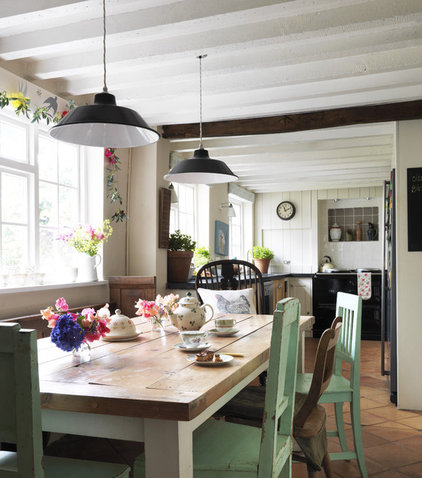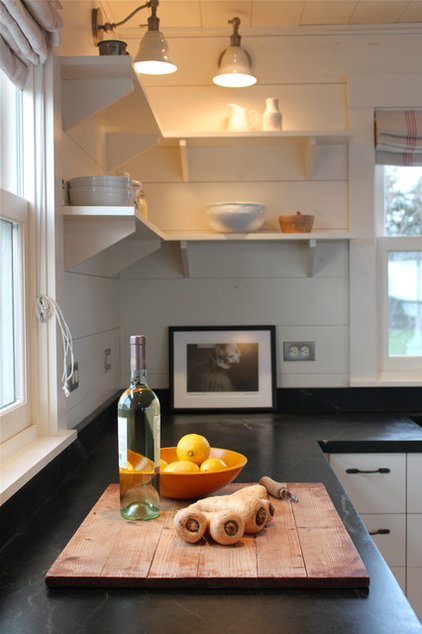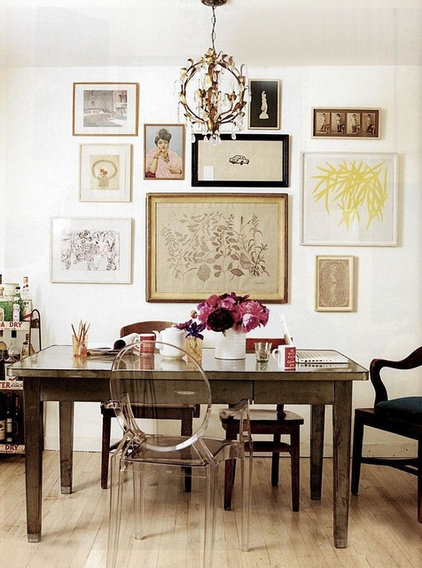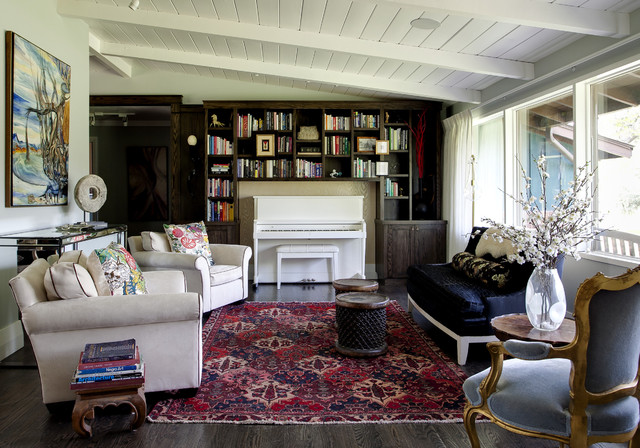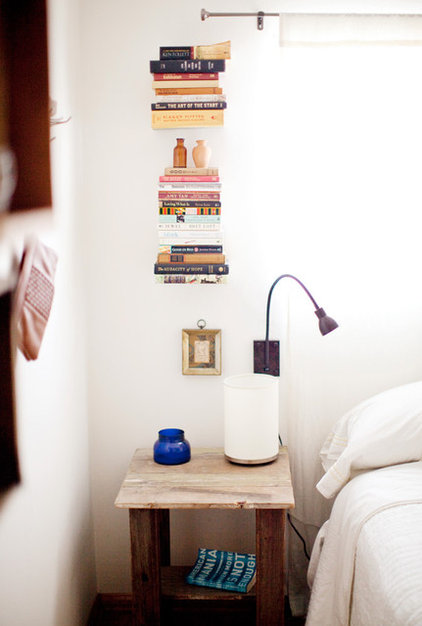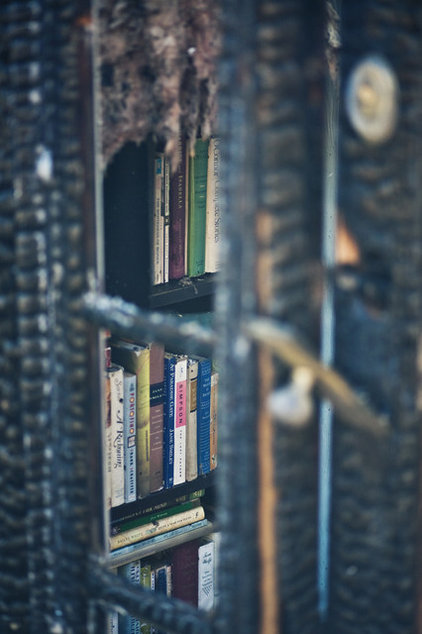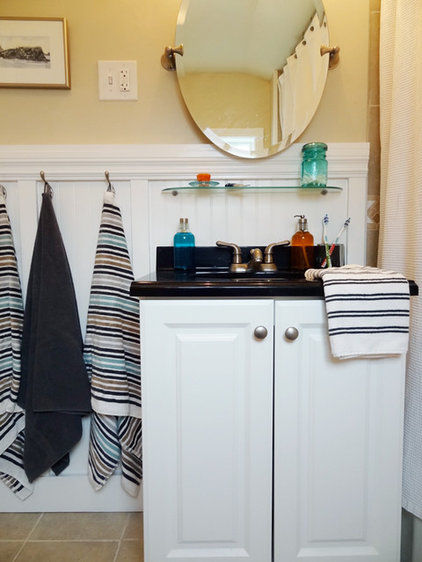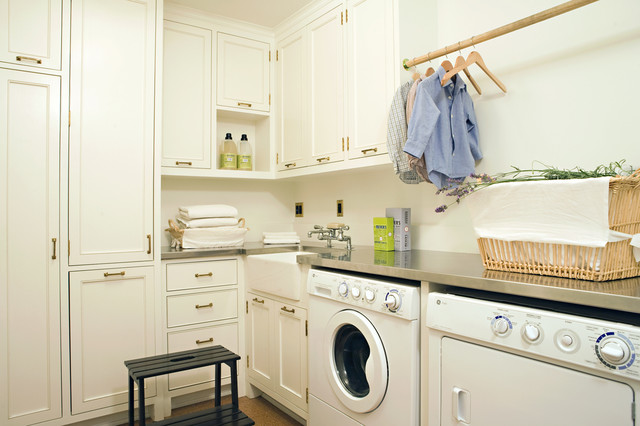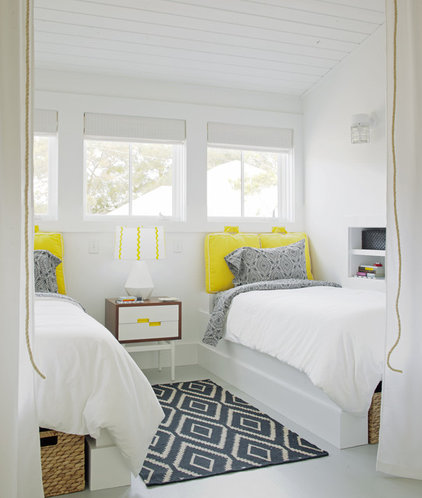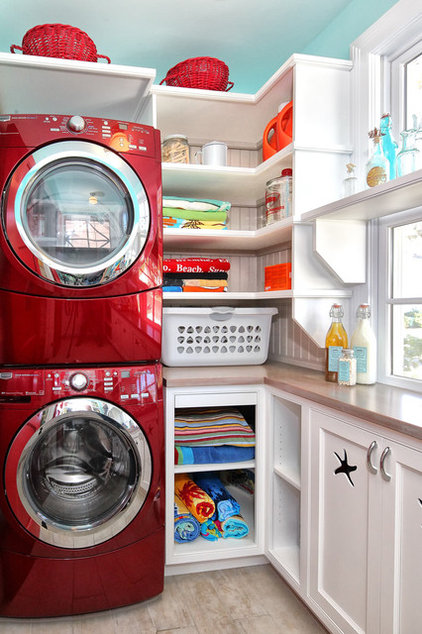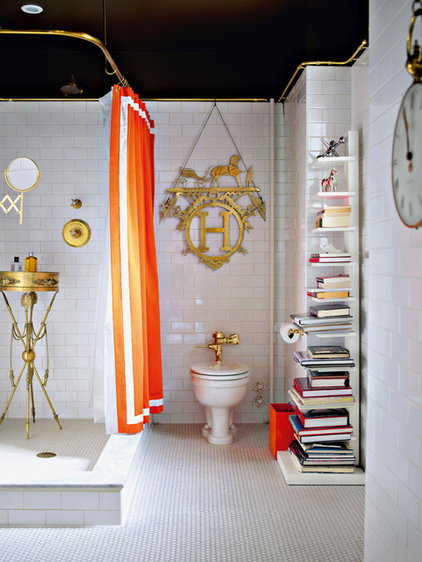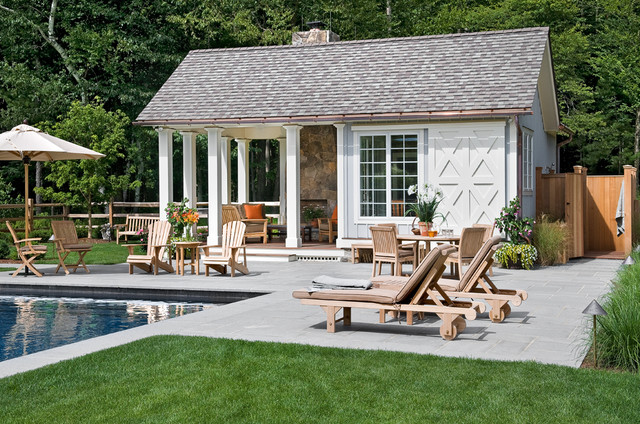Letting go can be hard, but it puts you more in control of your home's stuff and style. See if any of these notions are holding you back
My husband and I began dating when we were still children. He was 16 and I was 15, back in the olden days when people still talked on the phone and wrote letters. By the time we got married and had three kids, we had almost 20 years of correspondence. I came across our box of cards and letters a few years ago and read it in one sitting. Afterward I had the urge to travel back in time and smother my teenage self with a pillow and maybe Paul's too while I was at it. Failing that, I considered burning the box. I called Torey, my sister, instead.
“Throw them away,” she said without a second thought. Torey is a neatnik and the tiniest bit twitchy when it comes to cleaning and organization. “If reading those letters brings you down, get rid of them.”
Next I called Nathan, my younger brother, and he recommended the opposite: “How many people in their mid-30s have a 20-year correspondence with their spouse? For archival purposes alone, you need to keep them.”
Finally I called Tanner, my older brother. We laughed about the conflicting advice Torey and Nathan gave, and then he was silent for a moment. “How do you know how far you’ve come if you can’t remember where you started?” he asked. That resonated with me. I tucked the letters back into their box, and there they remained, untouched, until the day they burned in a house fire. And I have never given them a second thought.
Looking back I can see I really wanted to get rid of them but didn’t think I ought to — that was the tension. It wasn’t that I didn’t know what I wanted to do, it was that what I wished to do conflicted with what I thought I should.
This is why decluttering (and losing weight and managing money) can be so painful; it’s the tension from the many feelings, often in conflict. Simply being aware of what’s underneath the surface can help us through. There are some common reasons we hold onto things we don’t want out of a sense of obligation; see of any of the ones here resonate with you.
Next I called Nathan, my younger brother, and he recommended the opposite: “How many people in their mid-30s have a 20-year correspondence with their spouse? For archival purposes alone, you need to keep them.”
Finally I called Tanner, my older brother. We laughed about the conflicting advice Torey and Nathan gave, and then he was silent for a moment. “How do you know how far you’ve come if you can’t remember where you started?” he asked. That resonated with me. I tucked the letters back into their box, and there they remained, untouched, until the day they burned in a house fire. And I have never given them a second thought.
Looking back I can see I really wanted to get rid of them but didn’t think I ought to — that was the tension. It wasn’t that I didn’t know what I wanted to do, it was that what I wished to do conflicted with what I thought I should.
This is why decluttering (and losing weight and managing money) can be so painful; it’s the tension from the many feelings, often in conflict. Simply being aware of what’s underneath the surface can help us through. There are some common reasons we hold onto things we don’t want out of a sense of obligation; see of any of the ones here resonate with you.

